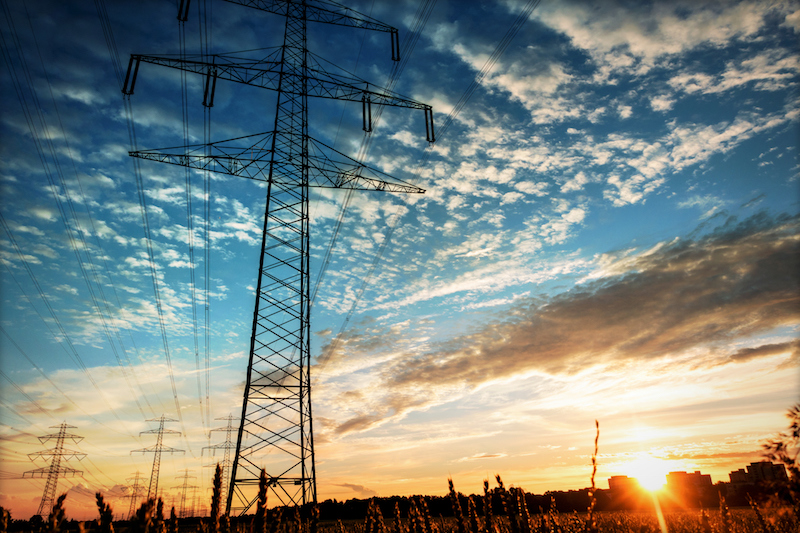
A pair of Berkeley Lab reports analyzes the direct and indirect costs of major power outages. (Credit: iStock)
Little is known about the full impact of widespread, long duration power interruptions, especially the indirect costs and related economy-wide impacts of these events. As a result, the costs of such power interruptions are generally not or only incompletely considered in utility planning activities.
A new Berkeley Lab report titled “A Hybrid Approach to Estimating the Economic Value of Enhanced Power System Resilience” describes a new approach for estimating the economic costs of widespread, long duration power interruptions, such as the one that occurred recently in Texas. This hybrid method involves using survey responses from utility customers to calibrate a regional economic model that is able to estimate both the direct and indirect costs of these events.
“We believe that this paper is an important breakthrough for researchers interested in estimating the full economic impact of widespread, long duration power disruptions,” said Berkeley Lab researcher Peter Larsen.
A second report, titled “Case Studies of the Economic Impacts of Power Interruptions and Damage to Electricity System Infrastructure from Extreme Events,” analyzes in detail the economics of power interruptions caused by extreme weather. The researchers examined the effects of Hurricane Harvey in Texas, wildfires in California, and four other extreme events; they found that even years after the events, utility companies had a clear picture of the costs of physical repairs but had not tallied the human and societal costs of the outages. (Researchers from the University of Texas at Austin were co-authors of this report; read their news release about the report here.)
“Our research shows that utilities, regulators, and other stakeholders rarely, if ever, account for the direct and indirect costs of power disruptions in their decision-making,” Larsen said.